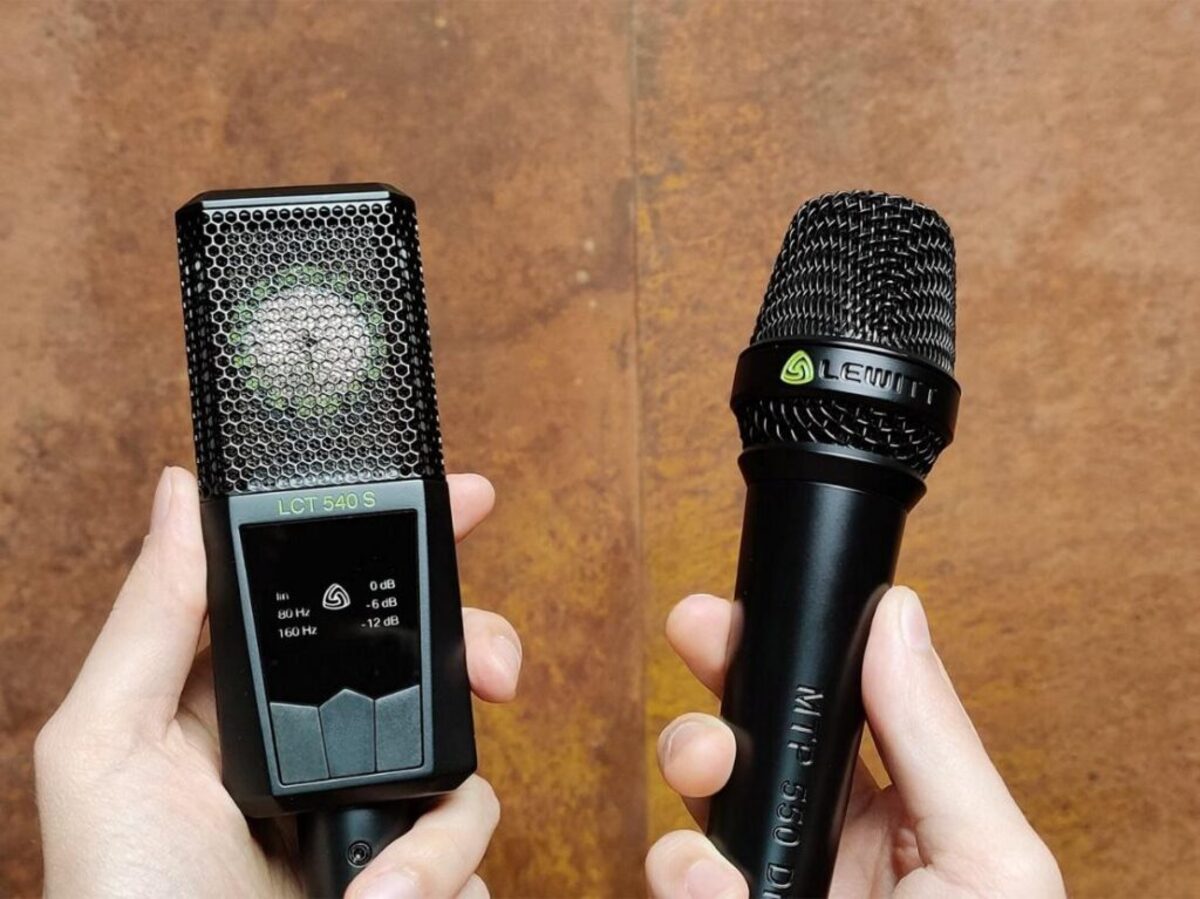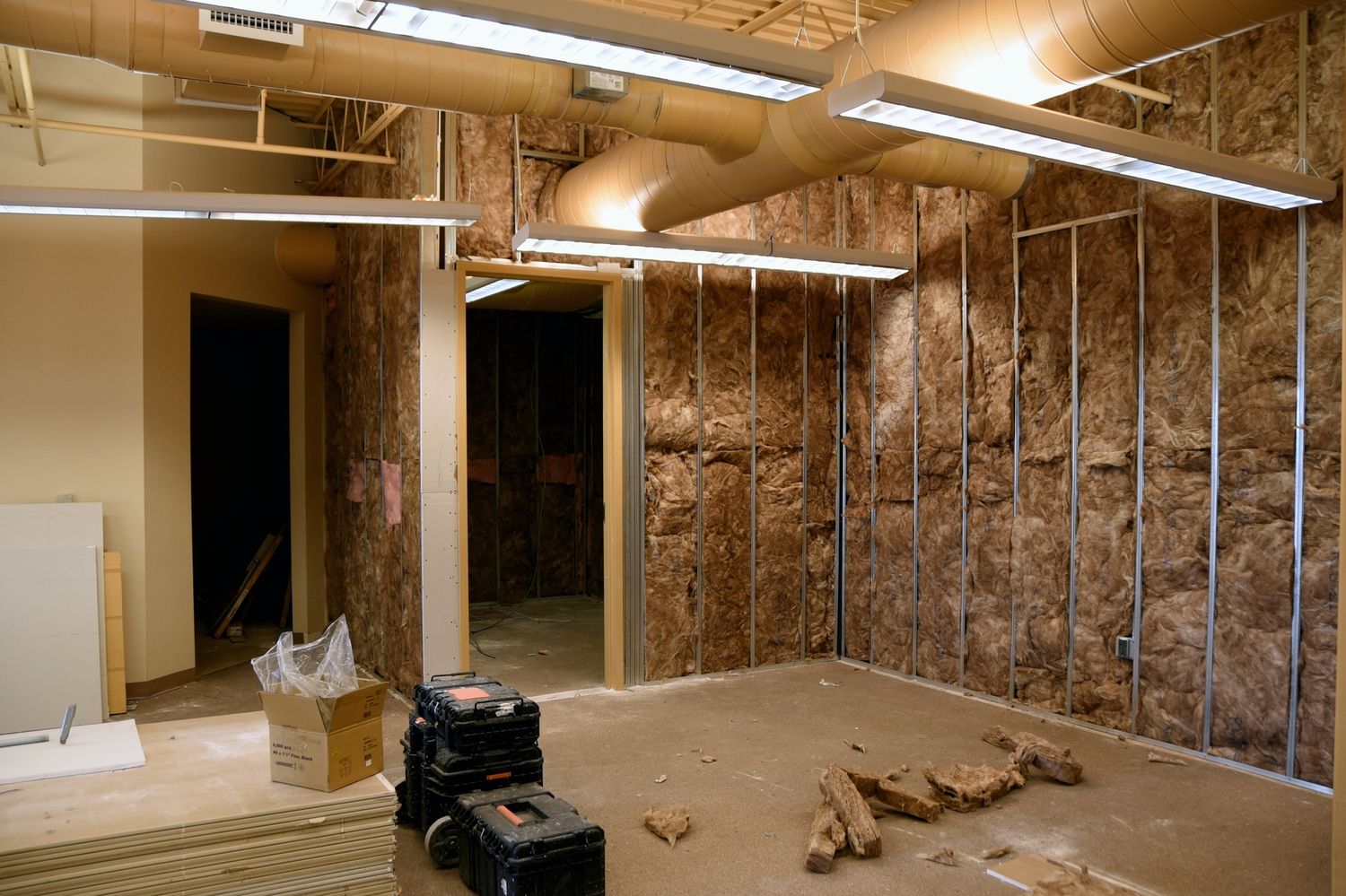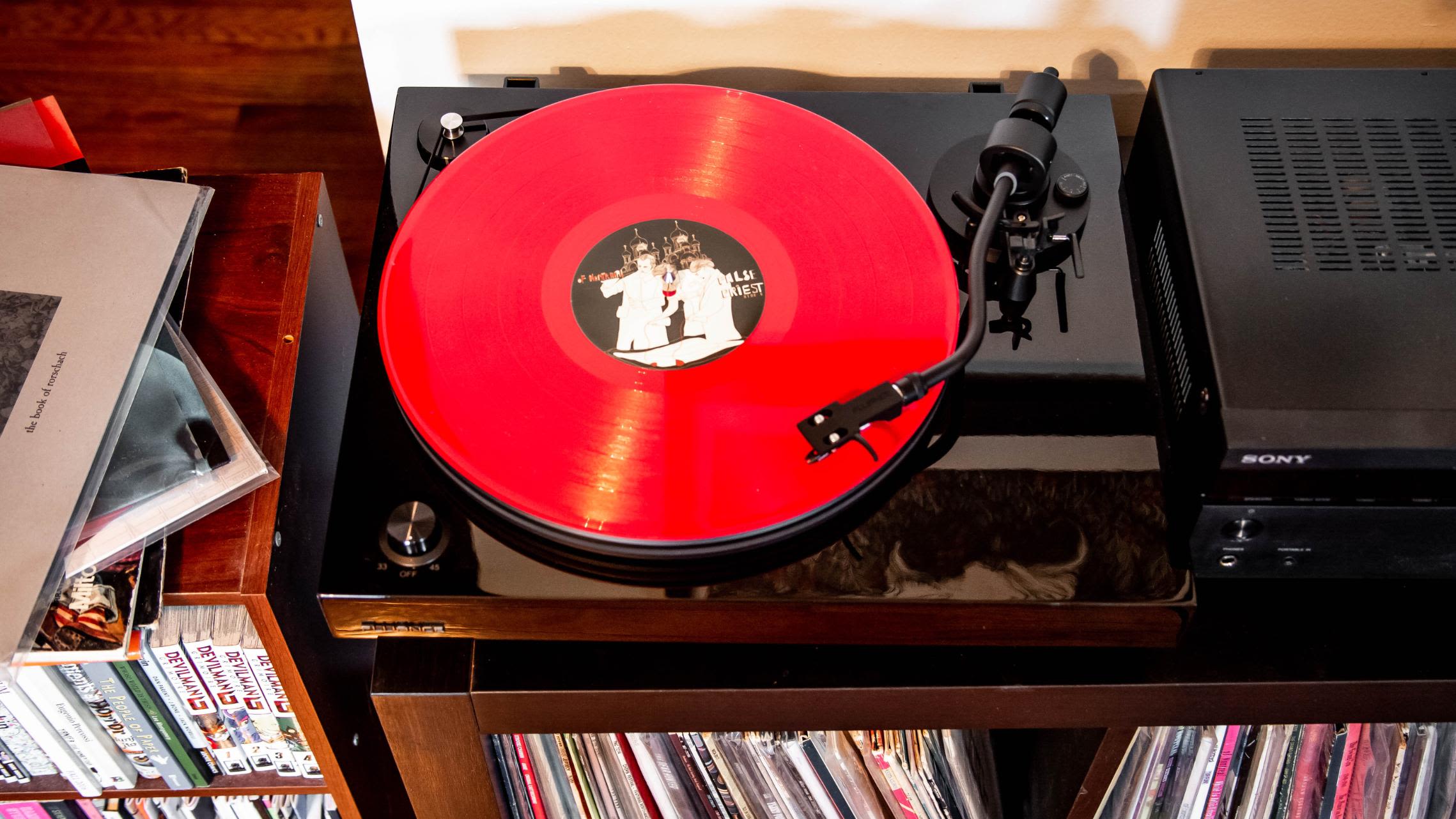Home>Devices & Equipment>Microphone>What Is The Difference Between A Condenser Microphone And A Dynamic Microphone


Microphone
What Is The Difference Between A Condenser Microphone And A Dynamic Microphone
Published: February 16, 2024
Discover the key dissimilarities between condenser and dynamic microphones, and find the ideal option for your needs. Learn more about microphones today!
(Many of the links in this article redirect to a specific reviewed product. Your purchase of these products through affiliate links helps to generate commission for AudioLover.com, at no extra cost. Learn more)
Introduction
Introduction
When it comes to capturing audio, the choice of microphone can significantly impact the quality and character of the recording. Two popular types of microphones, condenser and dynamic, each offer distinct advantages and are suited for different applications. Understanding the differences between these two microphone types is crucial for anyone looking to invest in professional audio equipment or simply seeking to enhance their recording setup.
In this article, we will explore the key disparities between condenser and dynamic microphones, shedding light on their construction, sound quality, sensitivity, durability, and applications. Whether you are a seasoned audio engineer, a content creator, or a musician, this comprehensive comparison will equip you with the knowledge needed to make informed decisions when selecting the ideal microphone for your specific needs.
Let's delve into the intricate world of microphones, uncovering the nuanced features and functionalities that set condenser and dynamic models apart. Whether you are pursuing crystal-clear vocal recordings, capturing the raw energy of live performances, or delving into the realm of podcasting and broadcasting, understanding the unique characteristics of condenser and dynamic microphones is essential for achieving professional-grade audio results.
Construction
One of the fundamental differences between condenser and dynamic microphones lies in their construction. Condenser microphones feature a diaphragm that acts as one plate of a capacitor, with the backplate serving as the second plate. This arrangement creates an electrical charge, which fluctuates in response to sound waves, resulting in the generation of an electrical signal. The diaphragm in condenser microphones is typically very thin and light, allowing for exceptional sensitivity and responsiveness to subtle sound nuances.
On the other hand, dynamic microphones utilize electromagnetic induction to convert sound waves into electrical signals. They feature a diaphragm attached to a coil of wire, which is positioned within the magnetic field of a permanent magnet. When sound waves cause the diaphragm to vibrate, the coil moves within the magnetic field, inducing an electrical current. This mechanism enables dynamic microphones to handle high sound pressure levels with ease, making them well-suited for capturing loud sound sources without distortion.
Furthermore, the robust construction of dynamic microphones makes them highly durable and resistant to rough handling, making them ideal for on-stage performances and outdoor recording sessions. Condenser microphones, with their intricate diaphragm and delicate internal components, are more sensitive to physical impacts and environmental conditions, necessitating careful handling and controlled recording environments.
Understanding the distinct construction of condenser and dynamic microphones provides valuable insight into their capabilities and limitations, guiding users in selecting the most suitable microphone for their intended applications.
Sound Quality
The sound quality produced by condenser and dynamic microphones is influenced by their unique construction and operational principles. Condenser microphones are renowned for their exceptional audio fidelity, capturing a wide frequency range with clarity and precision. Due to their sensitive diaphragm and internal circuitry, condenser microphones excel in capturing nuanced details and subtle tonal variations, making them the preferred choice for studio vocal recordings, acoustic instruments, and delicate sound sources.
Dynamic microphones, while generally exhibiting a more limited frequency response compared to condenser models, are celebrated for their robust and impactful sound reproduction. Their ability to handle high sound pressure levels without distortion makes them indispensable for miking up loud instruments, amplifiers, and live performances. The dynamic microphone’s inherent resilience and capacity to withstand powerful sound sources contribute to its widespread use in stage environments and outdoor recording settings.
It is important to note that the distinct sonic characteristics of condenser and dynamic microphones make them suitable for different recording scenarios. Condenser microphones are favored for capturing detailed, transparent audio, making them an excellent choice for studio vocals, acoustic instruments, and intricate soundscapes. In contrast, dynamic microphones are prized for their ability to handle loud, dynamic sound sources with energy and impact, rendering them indispensable for live performances, amplified instruments, and environments with high ambient noise levels.
By understanding the unique sonic attributes of condenser and dynamic microphones, audio professionals and enthusiasts can make informed decisions when selecting the most suitable microphone for their specific recording or performance requirements.
Sensitivity
The sensitivity of a microphone refers to its ability to capture subtle sound waves and convert them into electrical signals with precision. In this regard, condenser microphones are renowned for their exceptional sensitivity, thanks to their lightweight diaphragm and internal circuitry. This heightened sensitivity allows condenser microphones to capture delicate nuances and transient details with remarkable accuracy, making them well-suited for capturing vocals, acoustic instruments, and ambient sounds in controlled recording environments.
Dynamic microphones, while generally less sensitive than condenser models, offer distinct advantages in scenarios where high sound pressure levels need to be managed effectively. Their inherent resilience and ability to handle loud sound sources without distortion make them the preferred choice for miking up drums, guitar amplifiers, brass instruments, and live vocal performances. The lower sensitivity of dynamic microphones enables them to withstand powerful sound pressure levels, resulting in robust and impactful audio reproduction.
It is essential for audio professionals and recording enthusiasts to consider the sensitivity of condenser and dynamic microphones when selecting the most suitable option for a specific recording or performance application. While condenser microphones excel in capturing subtle sonic nuances and transparent audio details, dynamic microphones offer the durability and resilience needed to handle high-volume sound sources with energy and impact.
Durability
When evaluating microphones for professional or personal use, durability is a crucial factor to consider. Dynamic microphones are renowned for their robust construction, making them highly resistant to physical impact and rough handling. This durability makes dynamic microphones ideal for on-stage performances, outdoor recording sessions, and any environment where the equipment may be subjected to rigorous handling or challenging conditions. The sturdy build of dynamic microphones ensures reliable performance and longevity, even in demanding live sound settings.
In contrast, condenser microphones typically feature a more delicate construction, characterized by a lightweight diaphragm and intricate internal circuitry. While condenser microphones offer exceptional sensitivity and audio fidelity, they are more susceptible to physical damage and environmental factors. As a result, they are often utilized in controlled studio environments where the risk of rough handling or exposure to harsh conditions is minimized.
It is important for users to assess their recording or performance needs when considering the durability of condenser and dynamic microphones. If the microphone will be used in dynamic live settings, outdoor recording environments, or situations where it may be subject to rough handling, a dynamic microphone’s rugged construction and durability make it the preferred choice. Conversely, for studio recordings and controlled acoustic environments, the delicate sensitivity of condenser microphones can be fully appreciated without the same risk of damage or wear.
Applications
The diverse characteristics of condenser and dynamic microphones make them ideally suited for different recording and performance applications. Condenser microphones, with their exceptional sensitivity and transparent audio reproduction, are indispensable tools in professional studio environments. They excel in capturing vocals, acoustic instruments, orchestral ensembles, and ambient soundscapes with unparalleled clarity and detail. The nuanced sonic capabilities of condenser microphones make them the preferred choice for capturing delicate sound sources and achieving pristine audio quality in controlled recording settings.
Dynamic microphones, renowned for their durability and ability to handle high sound pressure levels, are widely utilized in live sound reinforcement, on-stage performances, and outdoor recording scenarios. Their robust construction and capacity to withstand powerful sound sources make them the go-to option for miking up drum kits, guitar amplifiers, brass instruments, and live vocal performances. Dynamic microphones are also favored for broadcasting, podcasting, and public address systems, where reliability and resilience are paramount.
Understanding the distinct applications of condenser and dynamic microphones is essential for selecting the most suitable microphone for a specific recording or performance context. Whether capturing delicate vocals in a studio setting or amplifying the energy of a live concert, choosing the right microphone type can significantly impact the quality and character of the audio production.
Conclusion
In conclusion, the differences between condenser and dynamic microphones encompass construction, sound quality, sensitivity, durability, and applications. Condenser microphones, with their intricate diaphragm and internal circuitry, offer exceptional sensitivity and transparent audio reproduction, making them indispensable in professional studio environments for capturing vocals, acoustic instruments, and nuanced sound sources. Conversely, dynamic microphones, known for their robust construction and ability to handle high sound pressure levels, are well-suited for live performances, outdoor recording sessions, and applications where durability and resilience are paramount.
By understanding the nuanced characteristics and applications of condenser and dynamic microphones, audio professionals, musicians, content creators, and recording enthusiasts can make informed decisions when selecting the most suitable microphone for their specific needs. Whether pursuing pristine studio recordings, amplifying live performances, or engaging in podcasting and broadcasting, the choice between condenser and dynamic microphones plays a pivotal role in shaping the quality and impact of the audio production.
Ultimately, both condenser and dynamic microphones offer unique advantages and are tailored to specific recording and performance scenarios. By leveraging the distinct capabilities of each microphone type, individuals can elevate their audio productions and achieve outstanding results across a diverse range of creative endeavors.











